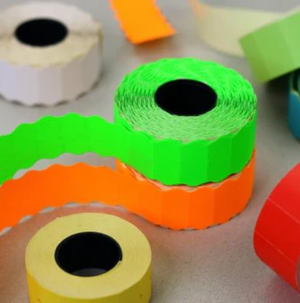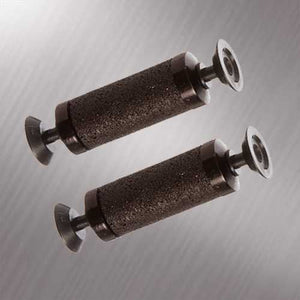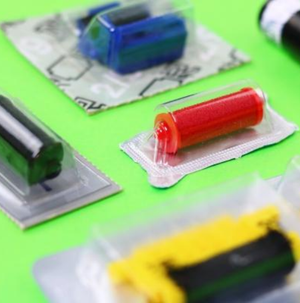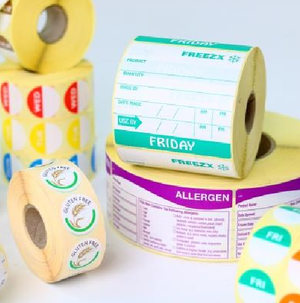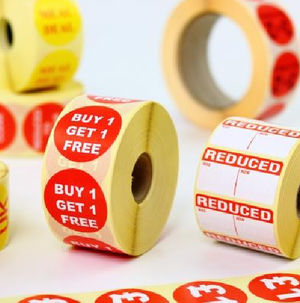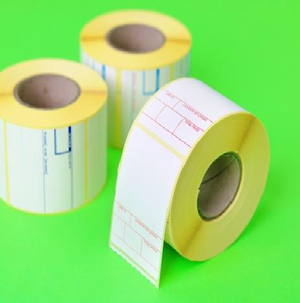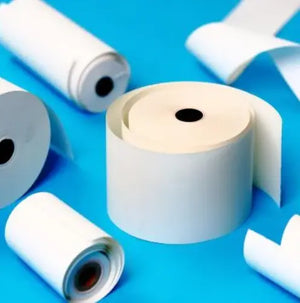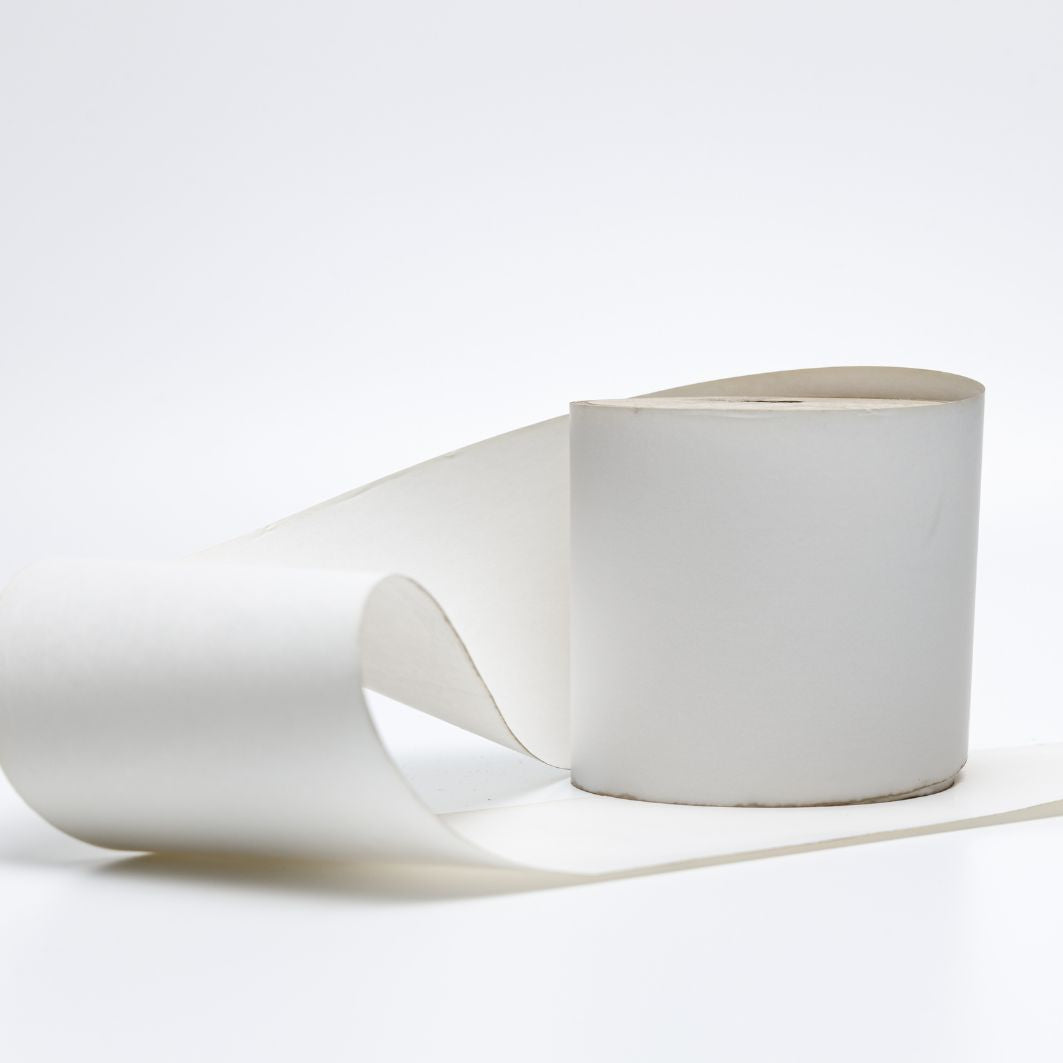
Is Thermal Paper Permanent? Understanding Its Longevity and Uses
Is Thermal Label Printer Paper Permanent?
When it comes to printing labels, receipts, and price tags, direct thermal paper is a popular choice for businesses across various industries. However, when investing in a label printer and thermal labels, a common question is whether thermal paper is permanent, to ensure your labels last. Understanding the durability and characteristics of thermal paper is crucial for making informed decisions about its use in your business operations.
What is Thermal Paper for a Thermal Printer?
Thermal paper is a type of specially coated paper designed to change colour when exposed to heat. Unlike traditional paper that requires ink or toner, thermal paper has a chemical coating that reacts to heat, making it an efficient and cost-effective option for printing. Thermal printers use heat to create the desired images or text, making them ideal for applications like receipts, shipping labels, and price tags.
Is Thermal Paper Permanent Under Direct Sunlight?
The permanence of direct thermal labels largely depends on the conditions they are exposed to. Thermal paper is not inherently permanent, as it is sensitive to heat, light, moisture, and certain chemicals. Over time, exposure to these elements can cause the printed text or images to fade. For example, a receipt left in direct sunlight or near a heat source may lose its readability within a few months. However, under optimal storage conditions—away from heat, humidity, and light—thermal paper can maintain its print quality for several years.
Factors Affecting the Longevity of Thermal Paper
To understand how long thermal paper can last, it’s essential to consider several factors that can impact its durability:
- Exposure to Heat: Since thermal paper reacts to heat, exposure to high temperatures can cause the print to fade quickly. It’s essential to store thermal paper products in a cool, dry place to maintain their legibility.
- Light Exposure: Direct sunlight or strong indoor lighting can accelerate the fading process. Storing thermal paper away from direct light sources can help preserve its print quality.
- Moisture and Humidity: High humidity levels can also affect thermal paper, causing the paper to curl or the print to smudge. Keeping thermal paper in a controlled environment helps prevent these issues.
- Chemical Exposure: Contact with certain chemicals, such as oils or solvents, can damage the chemical coating on thermal paper, leading to faded or distorted prints. Avoiding contact with such substances can help extend the life of your thermal paper.
How to Ensure the Longevity of Thermal Paper for Longevity
If you want to use thermal paper for applications that require longer-lasting prints, there are several steps you can take:
- Store Properly: Keep thermal paper in a cool, dark, and dry environment to minimise exposure to heat, light, and moisture.
- Use Protective Covers: For items like receipts or labels that need to last longer, consider using protective covers or laminating them to shield them from environmental factors.
- Select Quality Paper: Higher-quality thermal paper often has better resistance to fading and environmental damage. Check for thermal paper with enhanced coatings designed for longer-lasting prints.
Proper storage is crucial for inventory management to ensure that thermal paper maintains its quality over time.
Applications Where Thermal Paper is Suitable for Shipping Labels
Despite not being inherently permanent, thermal paper is suitable for various applications where long-term durability isn’t critical. Many businesses use desktop label printers for printing shipping labels due to their cost-effectiveness and ease of use. Common uses include:
- Receipts: Thermal paper is widely used for printing receipts in retail and hospitality sectors, where records typically do not need to be retained for long periods.
- Shipping Labels: Many businesses use thermal labels for shipping due to their cost-effectiveness and ease of use. Thermal labels are available in different sizes to suit various shipping needs. As shipping labels are generally short-term, thermal paper is an ideal choice.
- Price Labels: Thermal paper is also suitable for price labels and temporary labels that do not require long-lasting durability.
While thermal paper is not a guaranteed permanent solution, its affordability, efficiency, and convenience make it an excellent choice for many applications. The range of thermal paper options available makes it easy to find the right solution for your business needs. By understanding the factors that affect its longevity and taking the necessary precautions, you can maximise the use of thermal paper in your business operations.
Roll labels are a popular choice for businesses that need to print large quantities of labels quickly and efficiently.
FAQ's
- Thermal paper is durable for short to medium-term use but may fade over time if exposed to heat, light, or moisture.
- Under optimal storage conditions, thermal paper can last several years, but it may fade within a few months if exposed to environmental factors.
- Thermal paper is not ideal for long-term documents due to its sensitivity to heat, light, and moisture.
- Exposure to heat, direct sunlight, moisture, and certain chemicals can cause thermal paper to fade.
- Store thermal paper in a cool, dark, and dry environment, and consider using protective covers or laminating the prints.
- The best way to store thermal paper is in a cool, dry place away from direct sunlight and heat sources.
- Yes, thermal paper can degrade over time, especially if exposed to environmental factors like heat, light, or moisture.
- No, thermal paper is not considered archival quality due to its potential to fade and degrade over time.
- Most thermal paper can be recycled, but it is advisable to check with local recycling guidelines as some thermal papers contain chemicals that may not be suitable for standard recycling processes.
- Thermal paper is a cost-effective, efficient, and easy-to-use option for printing short-term items like receipts, shipping labels, and price tags.

